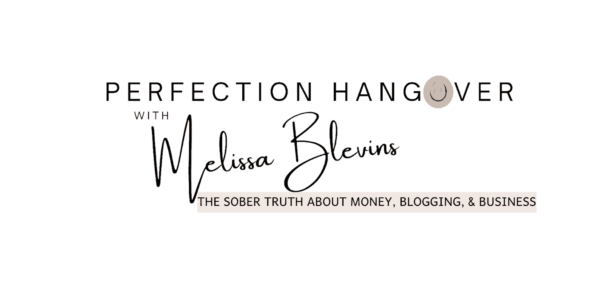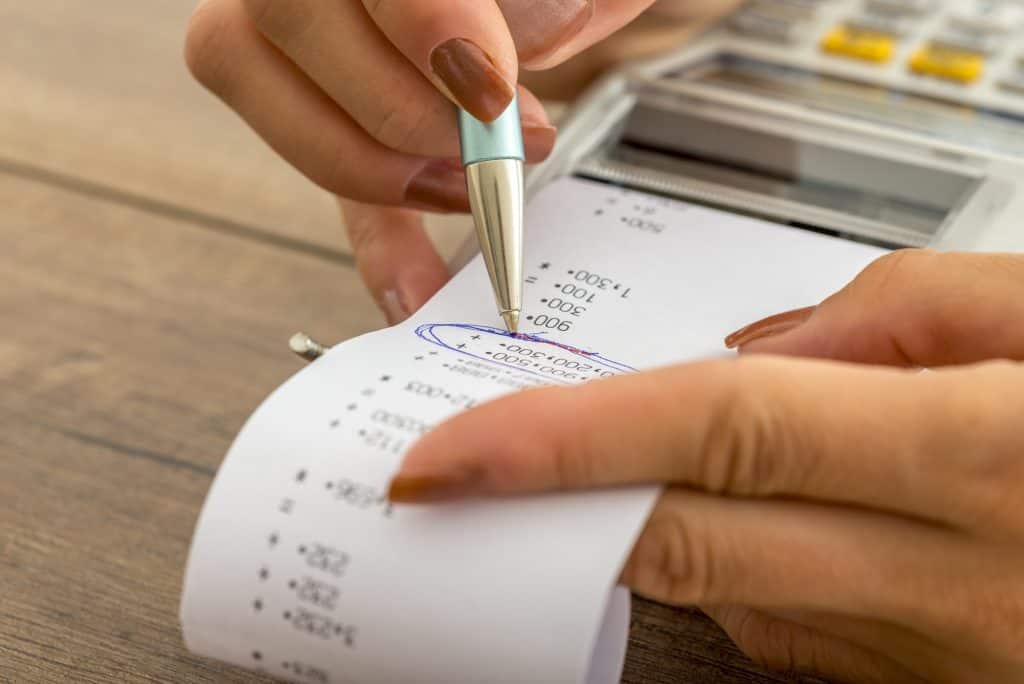This post may contain affiliate links. Click here to read my full disclosure.
Looking for great ways to track your expenses?
Using budgeting apps and checking your account history might be a good start! But are there any other ways you can follow to better manage your expenses? Keep reading to find out.
If you are reading this, you’re no doubt considering taking a closer look at your financial activities. Way to go! That’s the first step to financial security and success.
Your next move should include tracking your daily expenses so you can draw a clear and accurate scheme of how you are spending your money, and how you would like to spend it instead.
You might already be getting a bit anxious thinking about all the changes you’re going to have to make. But, don’t worry it is easier than it sounds!
In this article, I will share with you how I started tracking my own expenses effectively.
Checking Account Statements
You might want to start by checking your account statements, including your credit cards, and your checking account if available. This will no doubt help you track your everyday spending.
This is a great way to effectively analyze how much money is coming in and how much you are sending out. Sure, life is expensive, and making ends meet is difficult for loads of people, but there are simple ways to live more comfortably within your means.
Not convinced just yet? Even the Denit Trust Chair of economics and accountancy at George Washington University School of Business, Annamaria Lusardi, recommends tracking your monthly cash flow for a better financial order.
Categorizing Expenses
Categorizing your expenses is mandatory to identify your fixed (rent, debt, mortgage, insurance, utilities, etc.) and variable expenses (travel, food, clothing, entertainment, etc.). You might realize that Starbucks on a hectic morning is costing you a lot, or maybe that you are paying for unnecessary services.
Some credit cards might make the task easier for you by automatically tagging your purchases under specific categories, for example automotive, retail store, department store, etc.
It can be somewhat humbling to find out how much money you are spending on a given good month in and month out. For example, even a $3,00 cup of coffee on your way to work costs almost $100 a month and over $1,000 a year!
Trade that in for a one-time purchase of a French press and $10 bags of coffee grounds each month and you’ll be saving loads in no time.
Finding a Suitable App
Hundreds of apps are available for you to download and track your expenses. After all, we are living in a world of technological developments.
Most of these money tracking and finance apps are designed to help you allocate a specific amount of spendable monthly income depending on what you are spending and what you are getting. These apps will certainly work if you are ready to log in your everyday purchases and stick to the specified budget.
Keep in mind that some apps are paid, but worth the cost. To illustrate, I came across several paid apps which offered appealing features for almost $100 a year, including synchronizing transactions directly from my bank account, live workshops, and many others.
While it may seem counterintuitive to put money down just to track your spending, it’s like like the old saying, “You have to spend money to make money.” Sometimes, you have to spend money to save money.
Other Options
The idea of apps was not compelling enough for you? Don’t worry, other options are available. You can find multiple budget templates or budget worksheets online for free, including the following examples:
- Microsoft office templates: Save yourself the hassle of drawing rows, setting formulas and columns, and start using the Excel template offered by Microsoft Office. This template includes an event budget, family budget planner, and an effective money tracker.
- The Federal Trade Commission’s budget worksheet offers you the ability to learn about money and budgeting specifically. To see your cash flow, access their “Make a Budget” worksheet and download the PDF version. After that, fill in the required fields to see whether you are spending more than your income, or you are making more than you spend.
- Google Drive spreadsheet: Google Drive is known to be a file storage service where you can edit, share, create, or upload files. You get 15 GB of storage to use for free, or you can upgrade to a paid premium plan. Its sheets include ready templates for annual or monthly budgeting.
If you are willing to have a more detailed financial portfolio you can buy suitable software which usually costs between $40 and $80.
Always be careful when downloading a new file into your computer, which can give access to a phishing virus. Make sure to check public reviews and download your folders only from trusted websites.
Get Ready for Change
As you track your monthly expenses, you might need to make some adjustments. Drawing the scheme of your cash flow will make you realize what’s really costing you a lot and what is not as bad as you thought it was.
Surprisingly, lowering your fixed expenses may have a positive impact on your monthly budget. To illustrate, you might be able to save some money for your next summer vacation by lowering the cost of vehicles, utilities, housing, and others.

Life is a collection of memories and experiences. There are ups and downs. I am so grateful for God’s grace and am on the journey to a renewed spirit, free of perfectionism. Perfection Hangover offers the sober truth – no filter.


